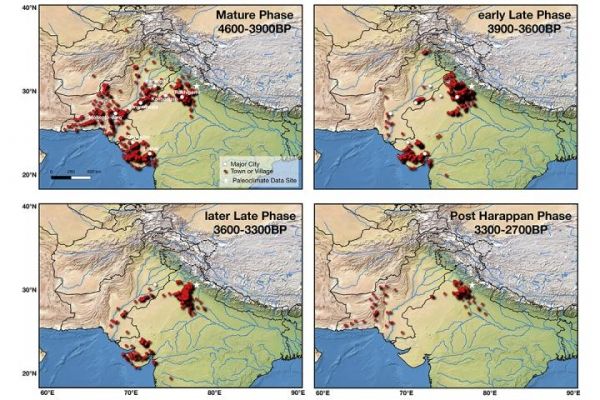A Rochester Institute of Technology researcher developed a mathematical method that shows climate change likely caused the rise and fall of an ancient civilization. In an article recently featured in the journal Chaos: An Interdisciplinary Journal of Nonlinear Science, Nishant Malik, assistant professor in RIT’s School of Mathematical Sciences, outlined the new technique he developed and showed how shifting monsoon patterns led to the demise of the Indus Valley Civilization, a Bronze Age civilization contemporary to Mesopotamia and ancient Egypt.
Malik developed a method to study paleoclimate time series, sets of data that tell us about past climates using indirect observations. For example, by measuring the presence of a particular isotope in stalagmites from a cave in South Asia, scientists were able to develop a record of monsoon rainfall in the region for the past 5,700 years. But as Malik notes, studying paleoclimate time series poses several problems that make it challenging to analyze them with mathematical tools typically used to understand climate.
“Usually the data we get when analyzing paleoclimate is a short time series with noise and uncertainty in it,” said Malik. “As far as mathematics and climate is concerned, the tool we use very often in understanding climate and weather is dynamical systems. But dynamical systems theory is harder to apply to paleoclimate data. This new method can find transitions in the most challenging time series, including paleoclimate, which are short, have some amount of uncertainty and have noise in them.”
Read more at: Rochester Institute of Technology
This figure shows the settlements of the Indus Valley Civilization during different phases of its evolution. RIT Assistant Professor Nishant Malik developed a mathematical method that shows climate change likely caused the rise and fall of the ancient civilization. (Photo Credit: RIT)


